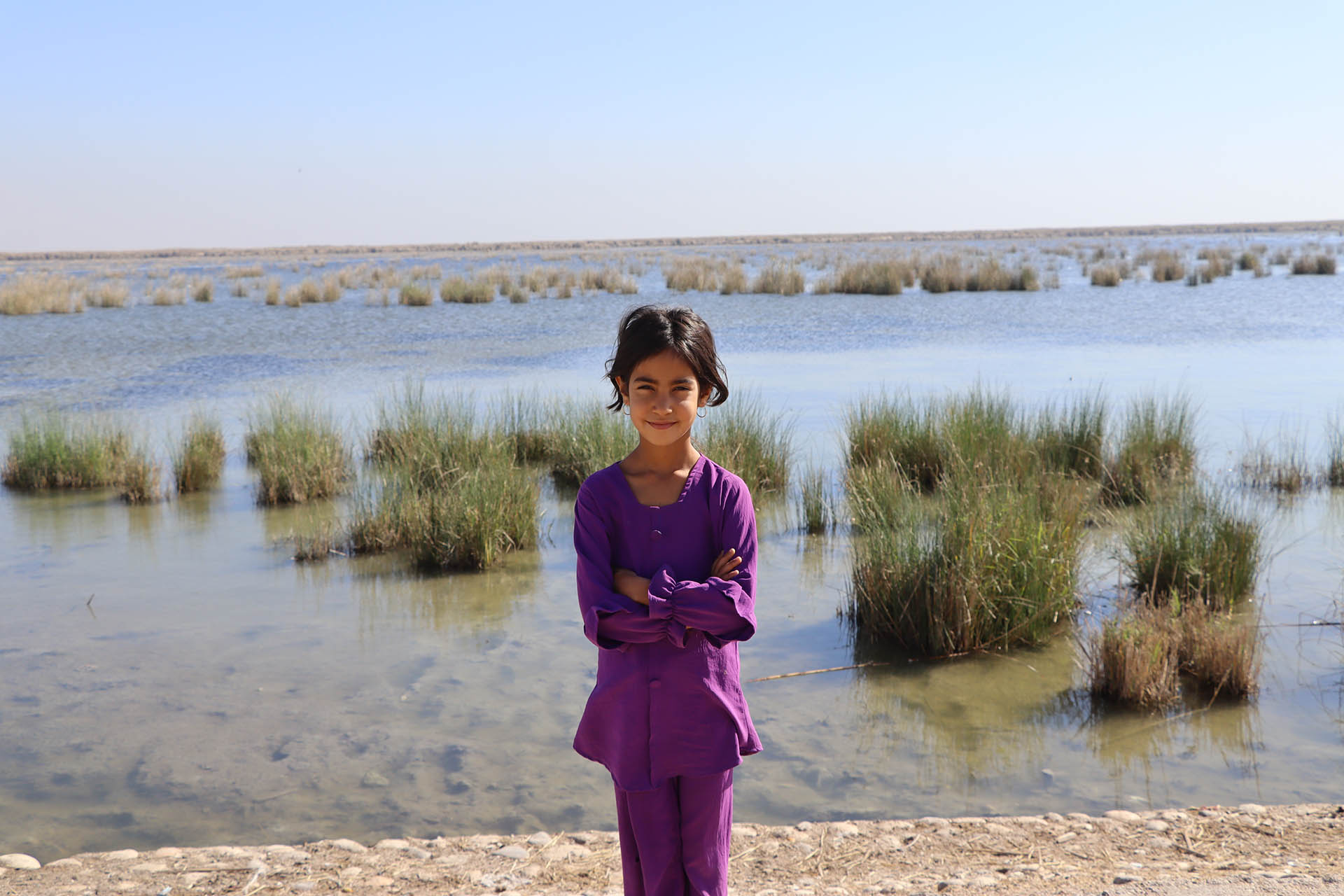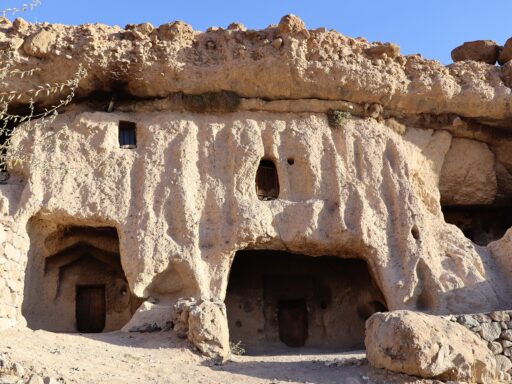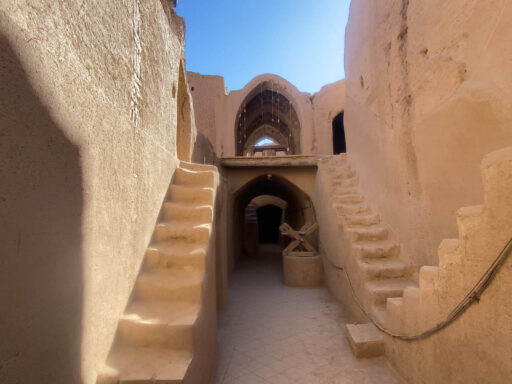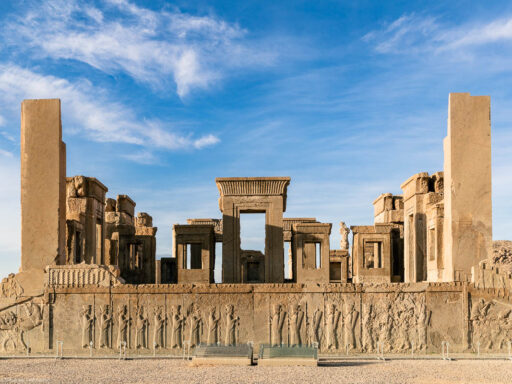Introduction
In the marshes of Iran’s Khuzestan Province lies the unique village of Sarakhiyeh, often called the ‘Venice of Iran’. Situated entirely on small islets in thewetlands, this scenic village gives a glimpse of a fascinating way of life adapted perfectly to the marshland environment. Home to the Marsh Arab ethnic group, Sarakhiyeh charms visitors with its stilt houses, bundled reed structures, labyrinthine water channels, and vistas of splendid tranquility.
In this article, we explore the allure and sights of Sarakhiyeh village, from how it was built in the wetlands to the culture and daily life of its native villagers.
About Sarakhiyeh Village
Sarakhiyeh village is located around 35 km southeast of the city of Ahvaz, within the Hawizeh Marshes that straddle the Iran-Iraq border. These lush wetlands are fed by the Karoun River flowing down from the Zagros Mountains.
For centuries, the Marsh Arabs have lived in harmony with the ebb and flow of the marshes. Their historic communities are built entirely amidst the reed-filled waters, isolated from the shore. Sarakhiyeh is one of the largest surviving Marsh Arab villages in Iran today.
The village comprises a cluster of islets covered with hundreds of small houses tightly packed together, interwoven with canals and waterways. It is home to around 300 families or 2,000 inhabitants who make a living from fishing and raising water buffalos.

Adaptations to the Marsh Environment
Over generations, the Marsh Arabs have adapted their architecture, lifestyles, and livelihoods to survive and thrive in the estuarine environment. Let’s look at some of their ingenious adaptations:
Stilt Houses
The houses in Sarakhiyeh are built on stilts above water levels using bundled reeds and plaster. Stilts protect homes from rising water and allow boats to pass underneath. The reed design keeps interiors cool.
Reed Boats
To navigate the maze of channels, the villagers use small boats made expertly from tightly woven reeds called mashoof. These lightweight boats suit the shallow waters.
Floating Beds
For sleeping above wet ground, special buoyant beds of reeds tied to wooden poles are prepared every night. They are dismantled each morning.
Living of Water
Fishing and raising water buffalo and geese for eggs provide food. Drinking water is taken straight from the marshes and desalinated when required. Reeds are used for building and cooking.
Aquatic Agriculture
Unique floating vegetable gardens, tomato cages, and poultry coops allow cultivation atop the waters. Rice is also grown in shallow marshes.
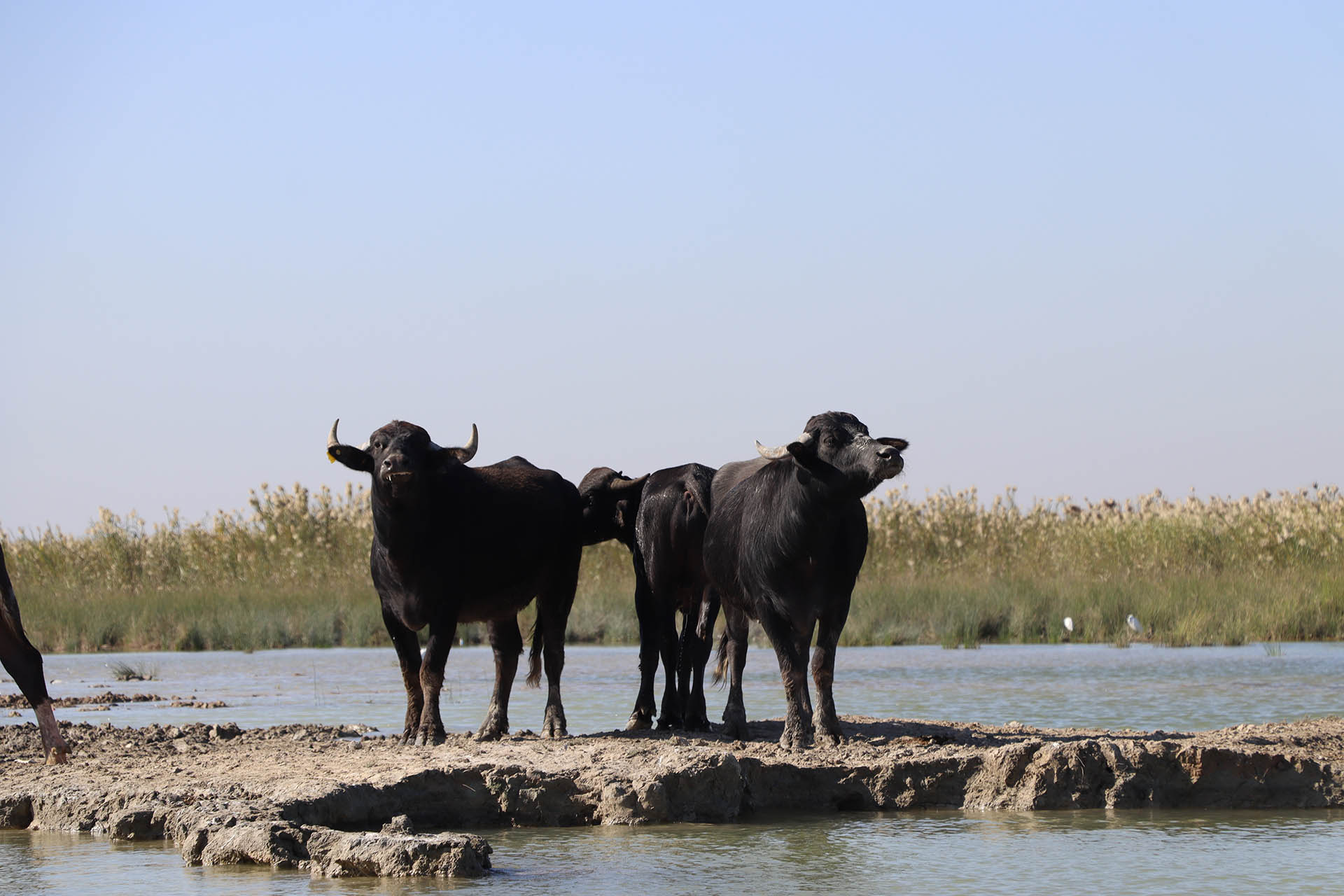
Sights of Sarakhiyeh Village
Though tiny in size, Sarakhiyeh delights visitors with its novel sights adapted to the marshland milieu:
Reed Houses
The neatly packed houses in shades of golden brown appear floating on water. Intricately woven reed panels and mats adorn the exteriors.
Waterways
Instead of streets, the spaces between houses comprise canals along which mashoof boats ply. The mirror-like waterways create a spellbinding reflections.
Buffalos
Herds of buffalos wallowing in marsh pools are a common sight. Villagersderive income from selling dairy products like buffalo cheese.
Birdlife
Flocks of ducks, coots, herons, and other waterfowl can be spotted floating across the glassy lagoons surrounding the village.
Market Stalls
Tiny market stalls line the main water channels selling fish, fruits, vegetables, eggs, and handicrafts. Goods are loaded off directly from boats.
Sunsets
Watching the golden sun dip behind the silhouette of bundled reed houses from a boat is an ethereal experience.
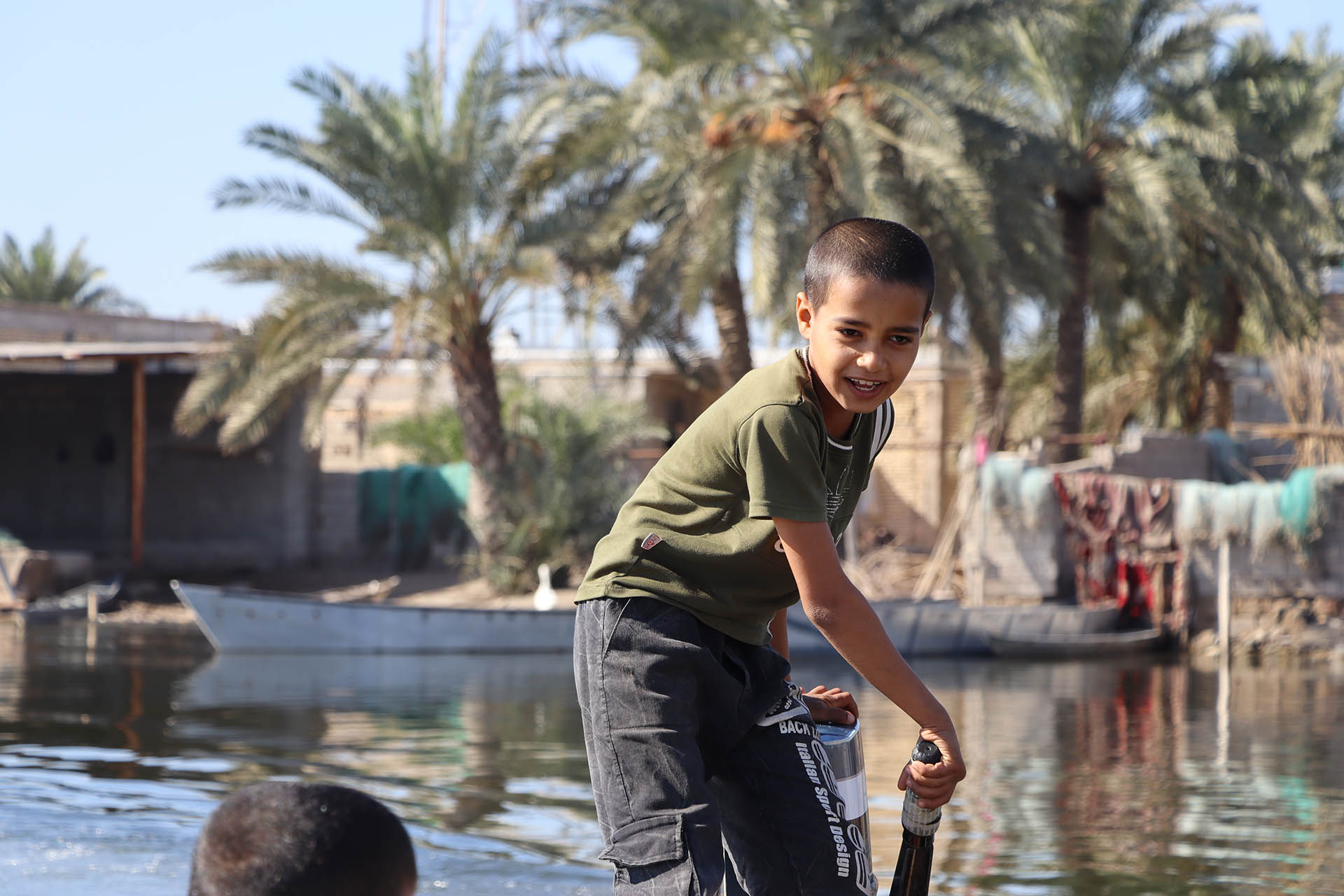
Village Life and Culture
Marsh Arab culture, cuisine, traditions, and hospitality form an integral part of experiencing Sarakhiyeh. Here are some glimpses into daily life:
Food
Fish like carp, buffalo milk, dates, and rice are staples in the diet. Villagers are connoisseurs of cooking fish in many different ways. Flatbread is baked in outdoor mud ovens.
Traditions
Ancient folk music, songs, and tribal dance forms are still practiced. Unique reed baskets, mats, and artifacts are made by skilled weavers.
Religion
The majority are Shi’ite Muslims. The sound of azan (call to prayer) resonates from small mosques across the village five times a day. Islamic influences can be seen in architecture.
Hospitality
Marsh Arabs are renowned for their hospitality. Expect to be invited for tea and meals at village homes. Smiles and sign language help overcome language barriers.
Ceremonies
Colorful weddings, feasts, and death ceremonies have preserved age-old customs. Foreign tourists are enthusiastically welcomed to observe and participate.
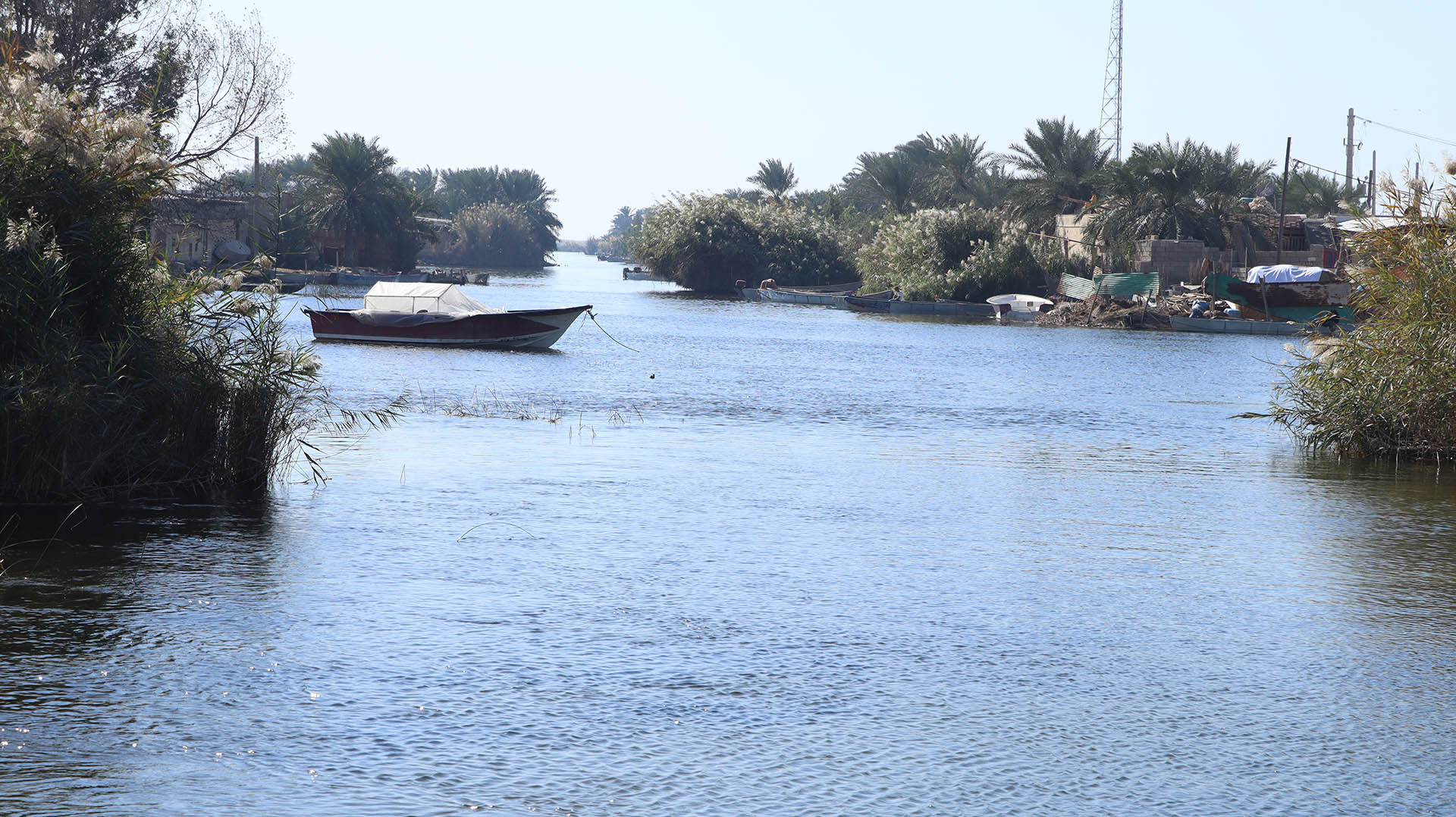
Challenges Faced by the Village
Despite their self-sustaining lifestyle, Sarakhiyeh faces some challenges:
- Upstream damming on the Karoun has reduced freshwater flow, causing increased salinity and reduced wildlife.
- Oil pipelines criss-crossing wetlands pose contamination risks. Motorized boats also disturb the ecology.
- Younger generations are moving to cities for better income, risking loss of Marsh Arab culture.
- The Iran-Iraq war caused damage to the marshes, from which recovery is still ongoing.
Many local and international nature conservation efforts are currently focused on restoring these fragile wetlands and protecting the indigenous communities dependent on it.
Visiting Sarakhiyeh Village
Sarakhiyeh offers visitors a rare window into a vanishing way of life adapted over centuries to the marshes. Some tips for visiting:
- Permits are required from authorities in Ahvaz to visit the protected wetlands. Joining a guided tour is the easiest option.
- Local boatmen provide rides in mashoof boats through the reed-fringed waterways.
- Respect the lifestyle and privacy of villagers. Taking photos should only be done with permission.
- The best seasons to visit are spring and autumn. Summers are extremely hot and humid.
- Wear lightweight clothes, hats, sunglasses, and mosquito repellent.
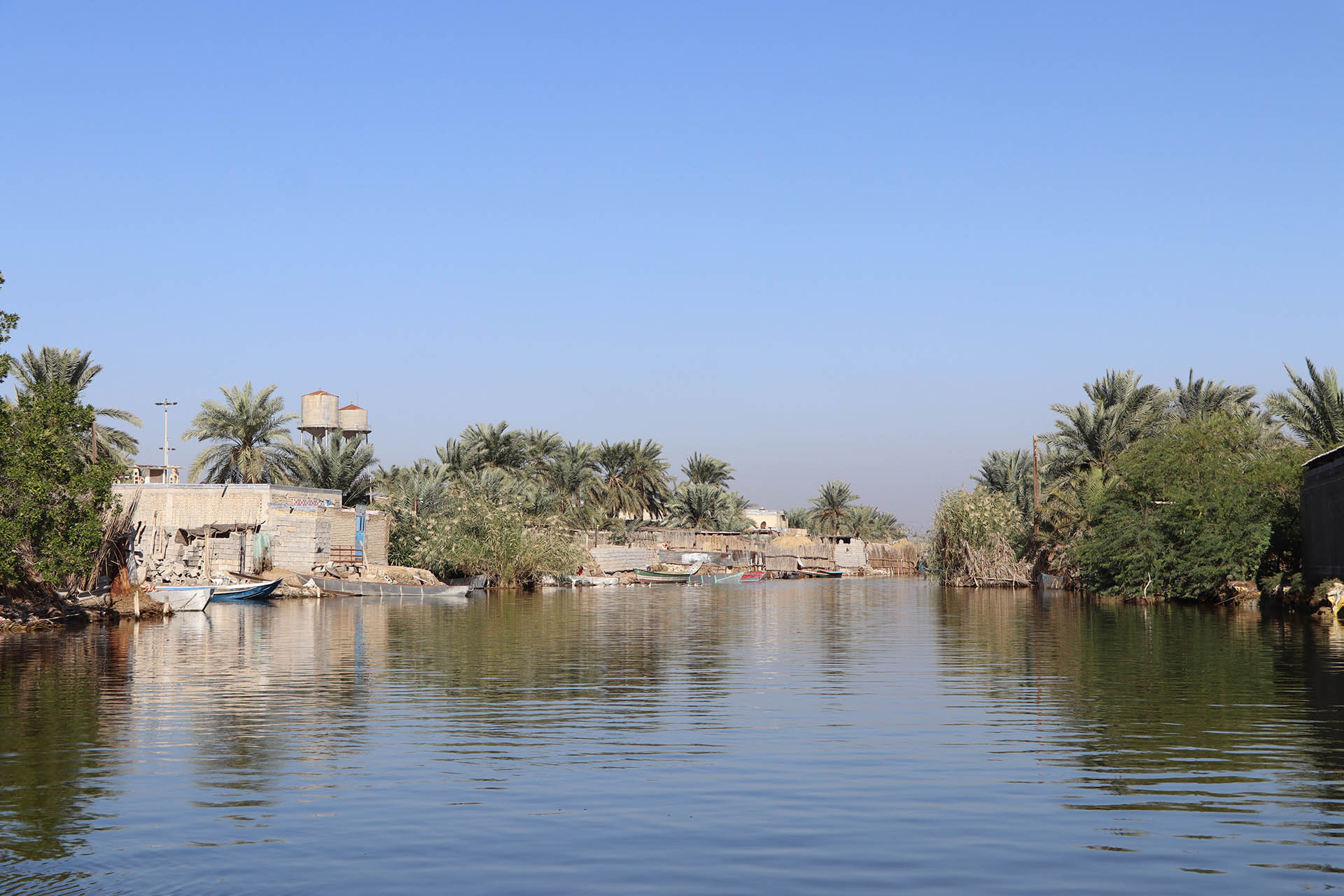
Conclusion
The unique stilt village of Sarakhiyeh, inhabited by the indigenous Marsh Arabs, provides a fascinating look at harmonious wetland living. The ingenious reed houses, tranquil water channels, and ecological adaptations make this a one-of-a-kind destination. As modernization slowly alters such historic communities, visiting Sarakhiyeh offers the chance to experience a mesmerizing way of life before it disappears. The Venice of Iran remains a breathtaking jewel in the wetlands.



